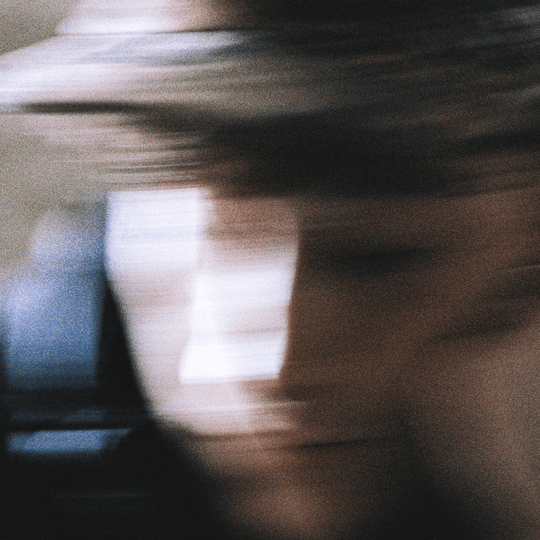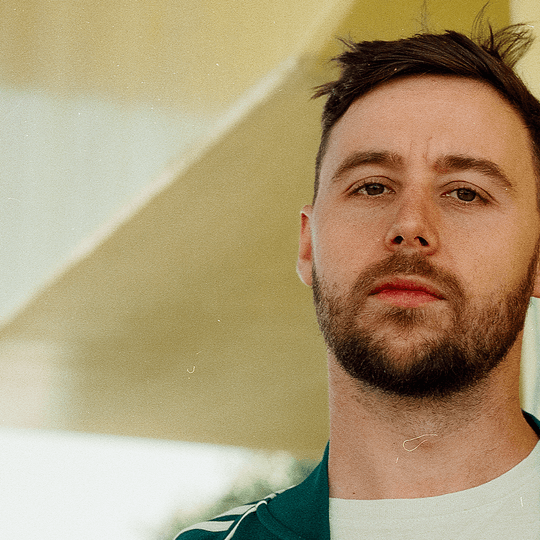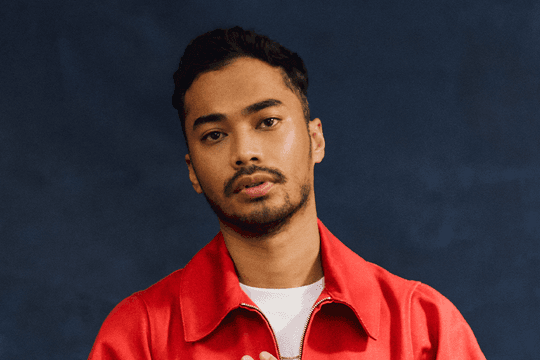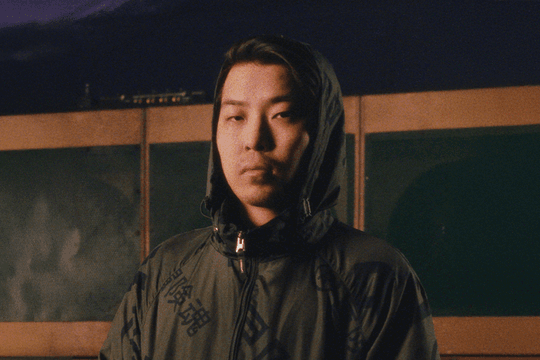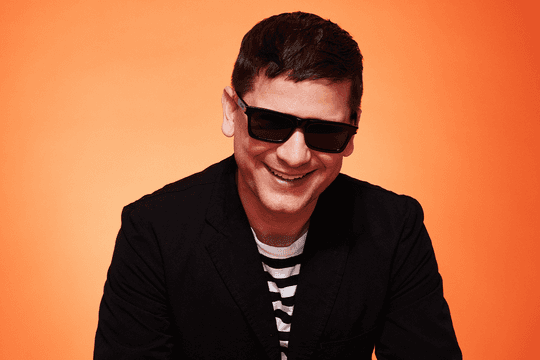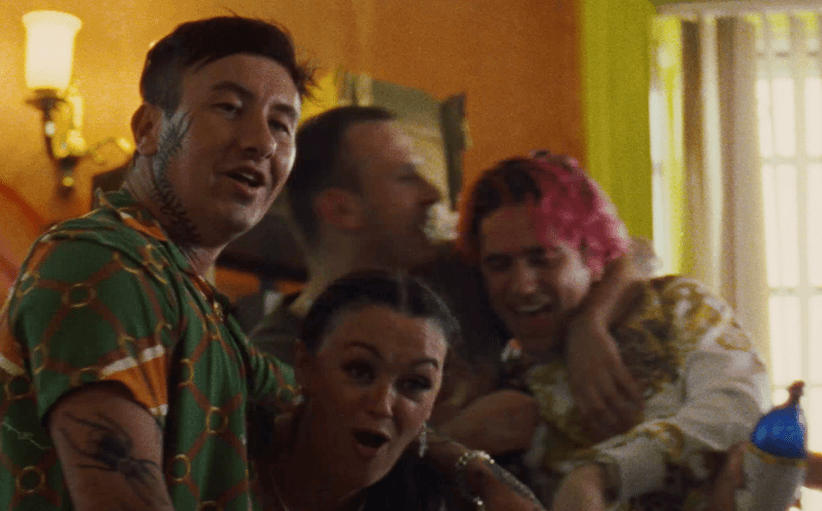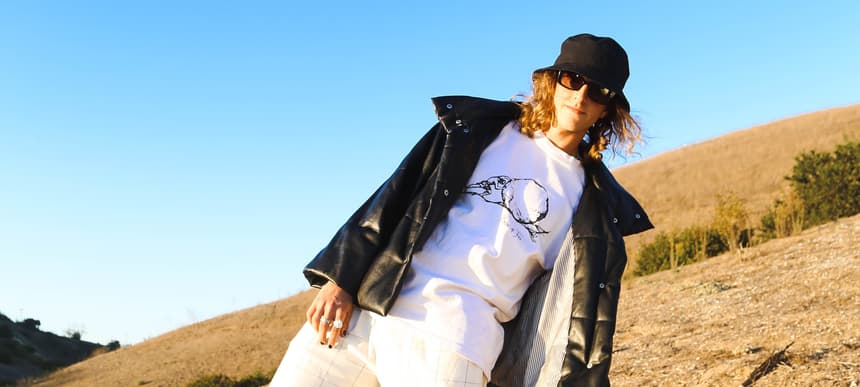
"I'm only good at two things, thinking of Web3 ideas and making beats.” Is Daniel Allan the Web3 artist to take NFTs mainstream in 2023?
Daniel Allan is stood in a Malibu Airbnb filled with his friends and collaborators. As he looks out of the large glass windows that frame the beach, his roommate, Eldar, nudges him and says, "you called this, bro. You made this happen". Years prior, Daniel had fantasised to him about getting an Airbnb in Malibu to make an EP and he was finally doing it.
It was all made possible due to the 25-year-old's exploration into the cryptic world of Web3. In collaboration with his community manager, Henry Chatfield, the pair raised 9.2 Ethereum (~$11,909) by selling an NFT collection to fund a writing camp.
The artist is one of the first to successfully leverage the emerging technology of NFTs to benefit their music career. Most people have already seen profile picture NFTs like Bored Ape Yacht Club and CryptoPunks take over their timelines — Daniel is trying to bring this wave to music.
Put simply, an NFT is a way to create digital scarcity, enabling people to have ownership over digital assets. Previously an MP3 was an MP3 and no one truly owned it, now an NFT can be used as proof-of-ownership. With this, of course, comes clout but it can often be used as a way to reward fans further with additional benefits.
In this case, people who had purchased an NFT had the chance to hear the EP before they hit streaming services, join a token-gated Discord channel, and were invited to a listening party at the end of the writing camp.
The pressure was on. Nearly 40 people had put their hard-earned cash on the line to hear a new record from their favourite artist, now he has to deliver.
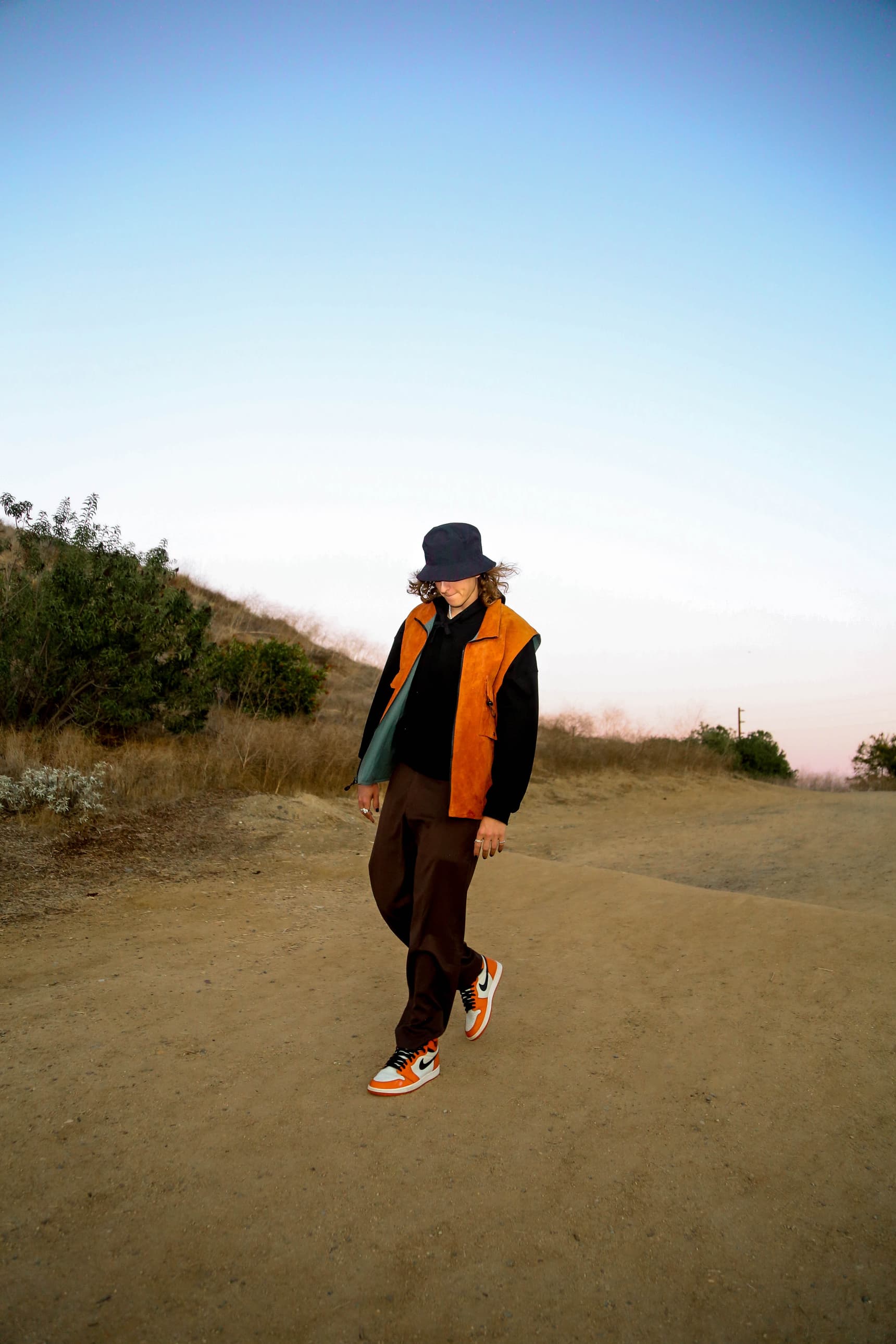
"I had no idea how to run a writing camp, bro. At one point, there were like 12, 14 people in the house. They were all my best friends, and it was sort of like a party in a lot of ways but I'm a pretty productive dude and I like getting shit done," Daniel tells me over Zoom while playing with some poker chips, "I needed to make something to put out after this."
They'd raised enough to run the writing camp for two and a half weeks. Seven days in they had nothing. All they had was a whole bunch of loops and a few ideas of what to do with them. At this point, the EP was nothing but an abstract thought.
That was until fellow Web3 artist, DLG spontaneously sang, "I've been in a glass house in a void / I've been watching life through a polaroid / Waves crash down in between the noise / They're washing me away."
"At that moment, I realised that like that entire week, all those loops, they all made sense together,” says Daniel. "I went from being totally lost on the project to 'I know what the storyline is, I want it to be called Glass House and this is how I want it to feel', you know?"
The lyrics seemed to perfectly capture the essence of the writing camp. Daniel and his friends had been having a great time, feeling as if they were in a completely different world, only able to ground themselves with the timeless photos of a polaroid Daniel had brought along.
As the wave of inspiration from DLG's vocals washed away, it left the group energised, and the project started to come together. You can almost hear the moment everything clicks on the record.
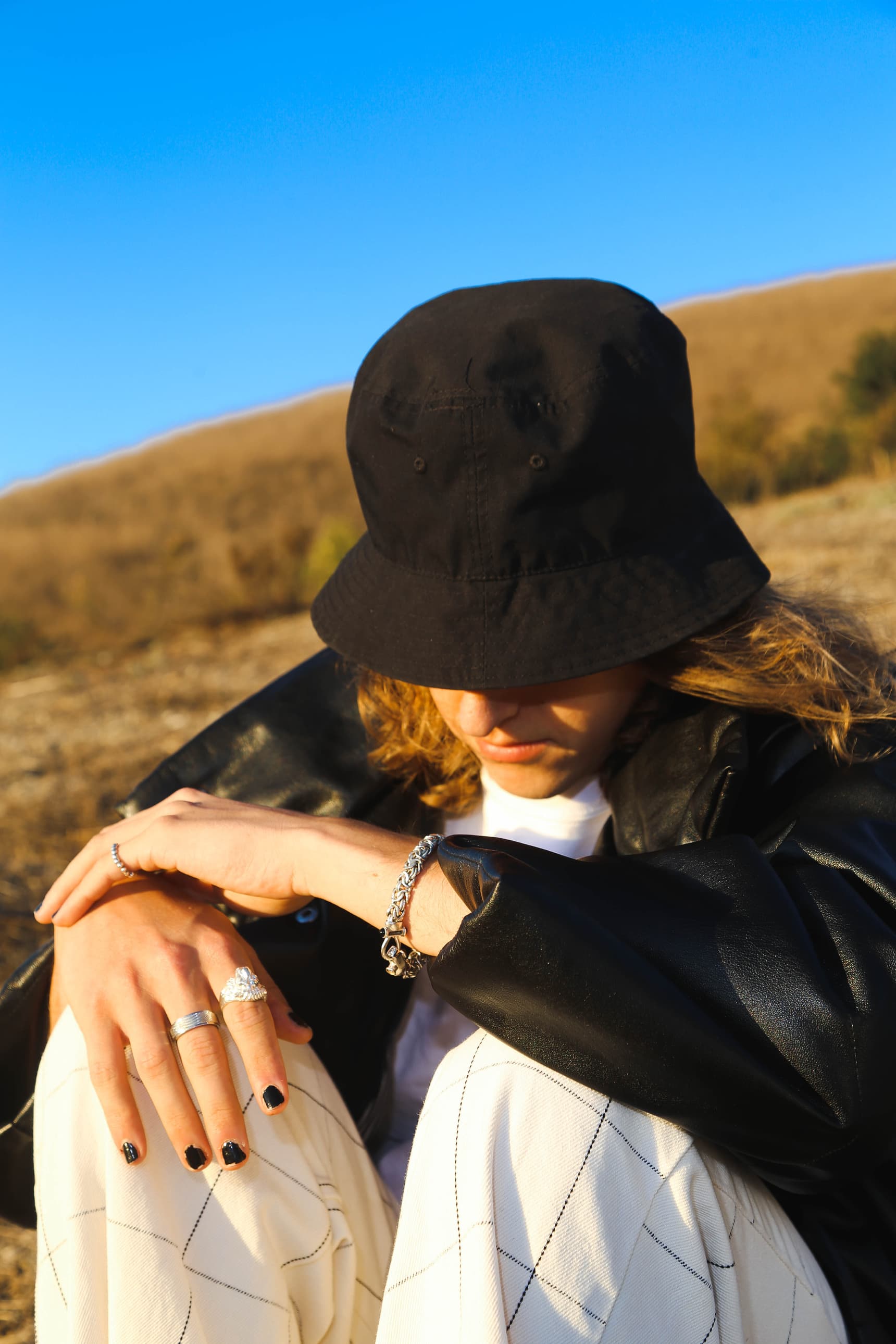
Glass House begins with downtempo keys that slowly welcome you before DLG gives context to the album on top of such a minimal instrumental that it's almost acapella. Once he's set the scene, Daniel shifts gears bringing in hard-hitting drums, ethereal synths, and an industrial bass. And, Daniel doesn't stop for the rest of the project.
Track after track of bouncy electronic pop was made in the weeks that followed, DLG's moment of inspiration had broken their writer's block.
That said, the album wasn't wrapped up by the end of the two-and-a-half weeks. Daniel paid for another Airbnb in Summerland for a week to finalise the 64 tracks that came from the writing camp. After that, all that was left was to select the strongest tracks.
Unfortunately, not everyone could make the date set for the listening party, Daniel accommodated those who couldn't attend to come another time and just hang out while they recorded.
"There was this college kid who put 0.1 ETH into the project (~$130), he came and watched people record and make music. He was like 'dude, you're making this in real-time?!' It was a movie," Daniel laughs.
It reminded him of a time when he was 16. Daniel was on a family trip to Chicago to visit his older brother living there at the time. His brother had already been a big influence on his music taste since giving Daniel an iPod with 500 songs on it — a library of music that defined his early taste.
A friend had told him about Lollapalooza that was happening in Chicago during his visit. The next morning he checked Facebook to find 2 x three-day passes selling for $200. He didn't believe his luck and ran to meet the seller at the gate of the festival.
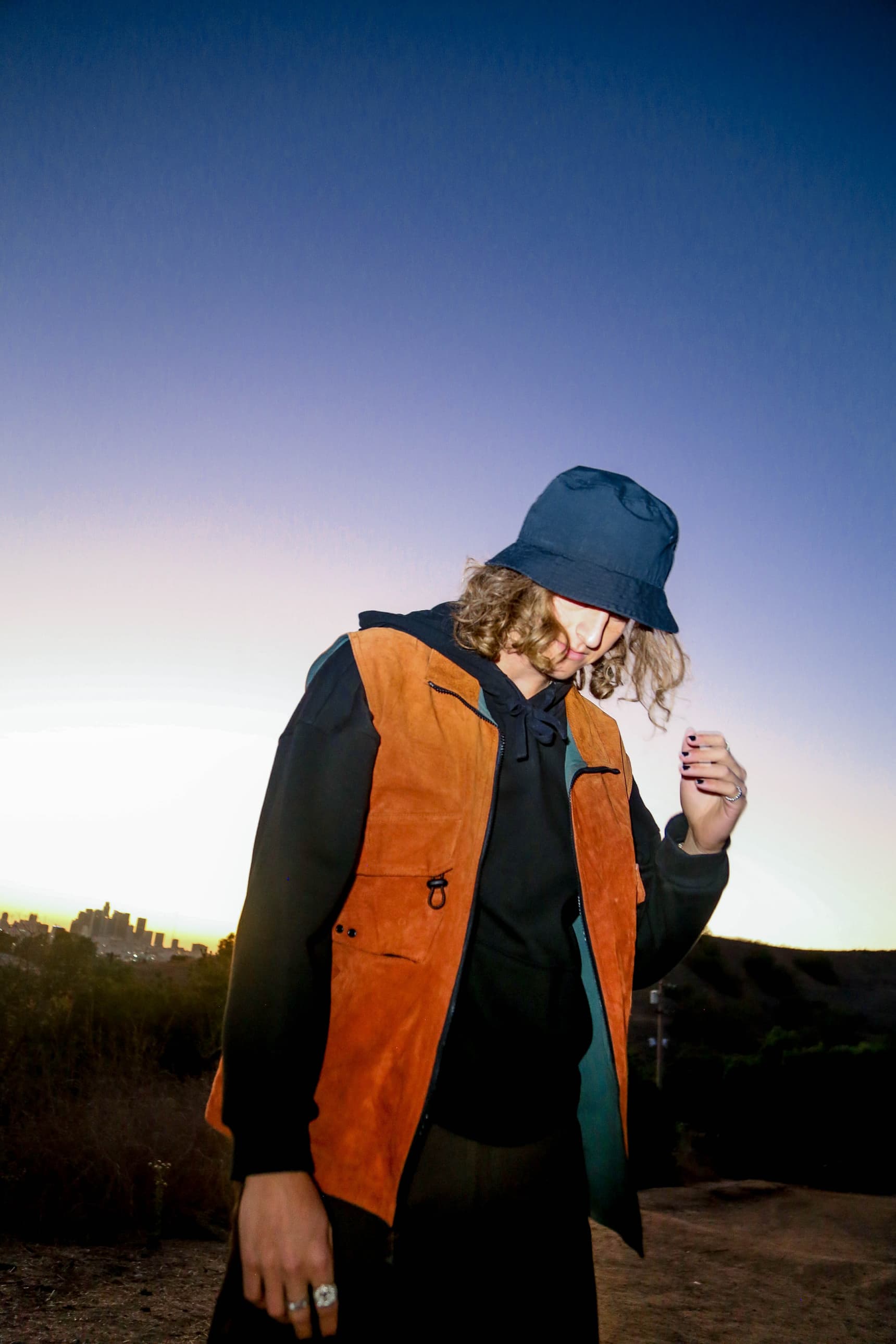
"I walked in totally by myself, I didn't have any of my friends with me," Daniel tells me eyes wide. "I went into this Above & Beyond show. I didn't even realise that I knew a lot of their songs because those were some of the songs on the iPod my brother gave me...I was like wow! This is fucking sick. I want to do that. I remember how addicting that felt."
A year before the festival, Daniel had started making beats and recording with local rappers. After Lollapalooza, he realised he didn't need rappers and started making electronic music on his own.
The youngster was making money but he was far from making it a career, in fact, he was closer to being a professional tennis player — getting a full-ride college scholarship at Boston University. As good as he was, it wasn't his passion.
"During my freshman year in college, I was studying for an exam that I absolutely hated. And, I had to wake up at six in the morning for practice. It just didn't feel like where I wanted my life to go," Daniel tells me. "I just told my parents, 'listen, I'm gonna take a year off school and I'm gonna move to Nashville, Tennessee. If I can make music my job by the end of that year, then I'm going to drop out.’”
He worked as a delivery driver for the sandwich chain Jimmy Johns three days a week to pay rent and spent the rest of his time making music. Wake up at 5 am, make beats, sleep, repeat. Some may have seen him as the worst-case scenario — a child athlete drops out to be a delivery driver — but he describes it as the most blissful time of his life.
This isn't a fairy tale where he becomes a rockstar by the end of the year, in reality, he failed to make music his job that year. As a result, he went back to college doing enough to scrape a pass while putting all of his spare time into music.
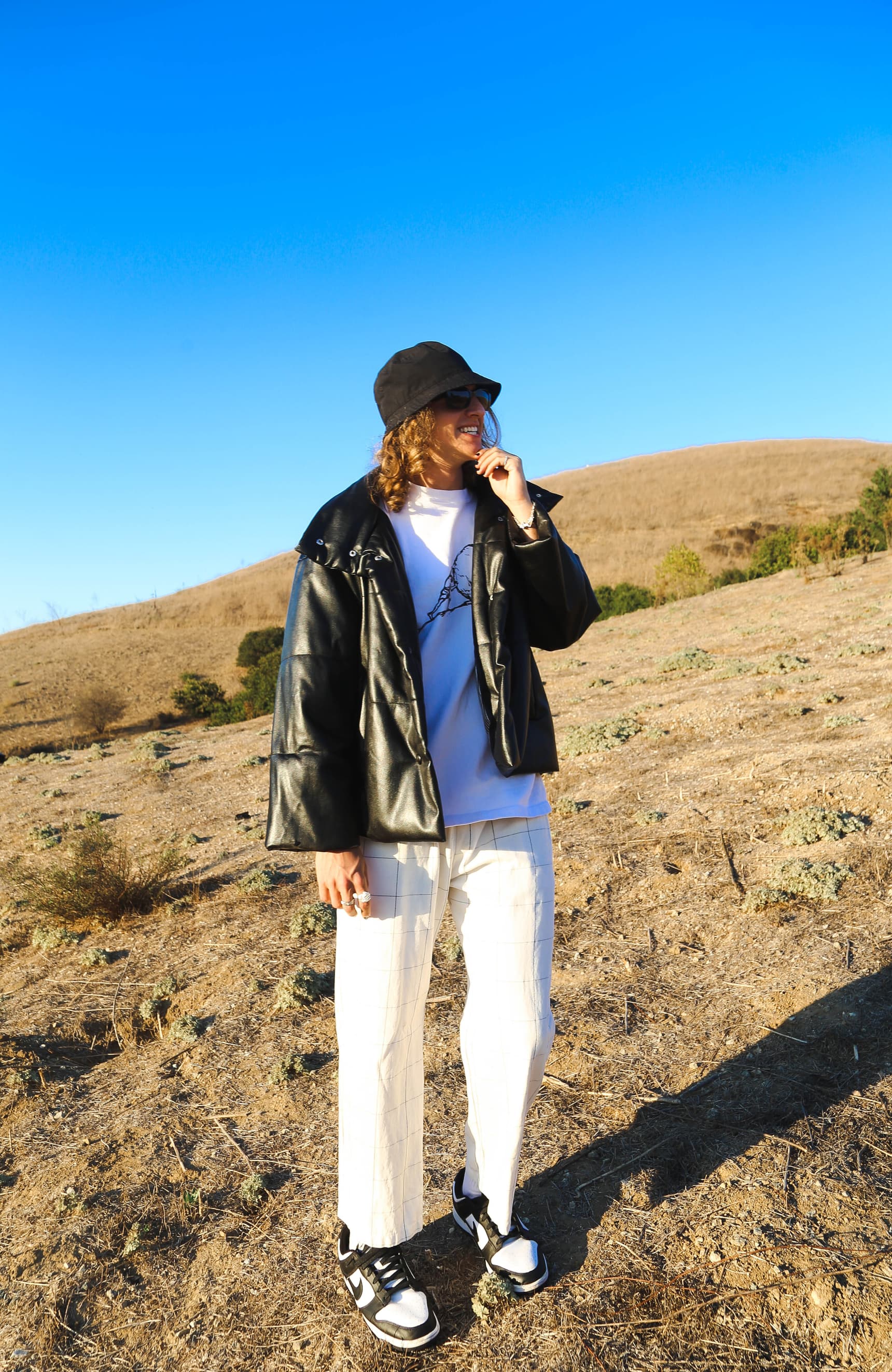
After graduating in 2020 he moved to Los Angeles, where his career really started to take off. Releasing tracks like Stubborn and Just Friends, the artist amassed over a million streams that year. Despite his moderate success, he only received a few hundred dollars a month from streaming — relying on mixing and mastering gigs to pay the bills. It wasn't until he turned to Web3 that his career stepped into fifth gear.
Daniel minted his first NFT in July 2021, playing around selling his songs as 1-of-1 NFTs on the music NFT marketplace Catalog. After a month, he'd sold 5 NFTs to strangers and thought it was time to take it seriously.
Living in LA for so long, he'd seen all sides of the traditional music industry — the good and the bad — and didn't want to take part in it. He came up with the idea to make his fans his record label through the sale of NFTs.
In September 2021, he made it possible for his fans to buy an NFT that would crowdfund the making of his upcoming EP, Overstimulated — granting NFT holders 50% of the EP's royalties. The NFTs sold out in 12 hours raising 50 ETH (~$140,000 at the time).
At this point, Daniel was deep down the Web3 wormhole and was approached by the founder of Sound, the largest and most successful music NFT platform and marketplace.
"I think I broke the site," Daniel chuckles. "I did 100 editions at 0.1 ETH and the site crashed. The founder told me there was something like 800 clicks trying to mint it."
Another key platform in the space is Catalog, which Daniel Allan has been using since April 2021 — one month after the marketplace launched. Catalog focuses on selling one-of-one digital records, rather than collections of NFTs like on Sound.
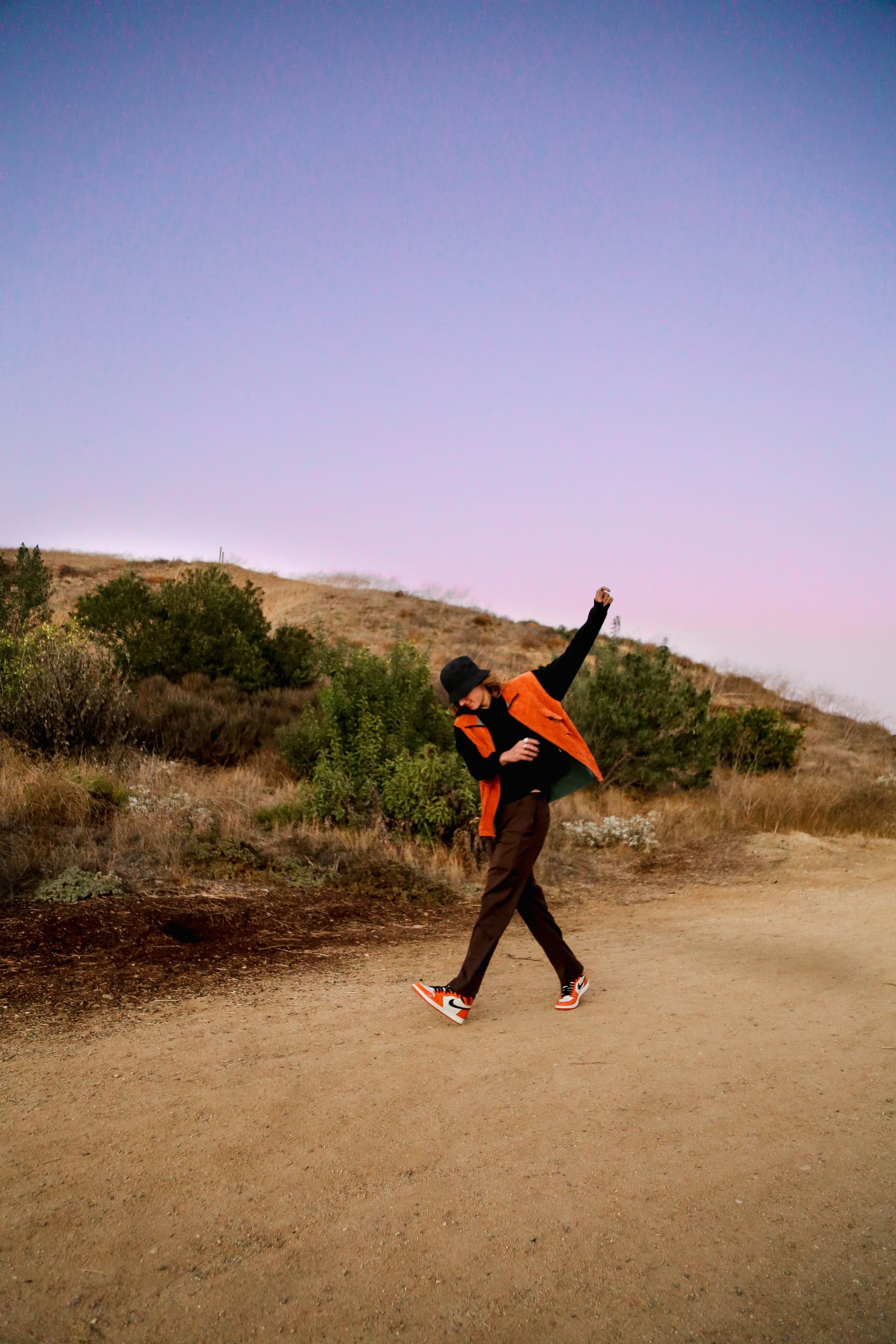
For Glass House, Daniel originally crowdfunded the project through the sale of NFTs then later sold the EP as another series of NFTs. This time he did not lean on an already established platform; he did it completely independently, selling them on his own website.
"A lot of my friends were waiting months to get on these platforms." Daniel said, "[I was] proving that you don't need one. Once you own your marketing funnel — which is the relationship you have with your fans — this is the next step after that. To get to that point you do have to use curated platforms a lot of the time."
Some artists feel that the traditional music industry is leaving them overworked and underpaid - they think streaming services don’t compensate creators fairly for their music. The Web3 model provides an alternative way for artists to monetise their music either to bolster income from streaming or instead of it entirely.
This is important, now more than ever, as we see emerging artists releasing multiple albums a year to get by, rather than having the space, time, and, most importantly, money to carefully craft an album.
Daniel admits that while the streaming model is far from perfect it is still important to an artist’s career.
"I think in order for Web3 music to have its moment, an artist has to break out in Web2," Daniel says.
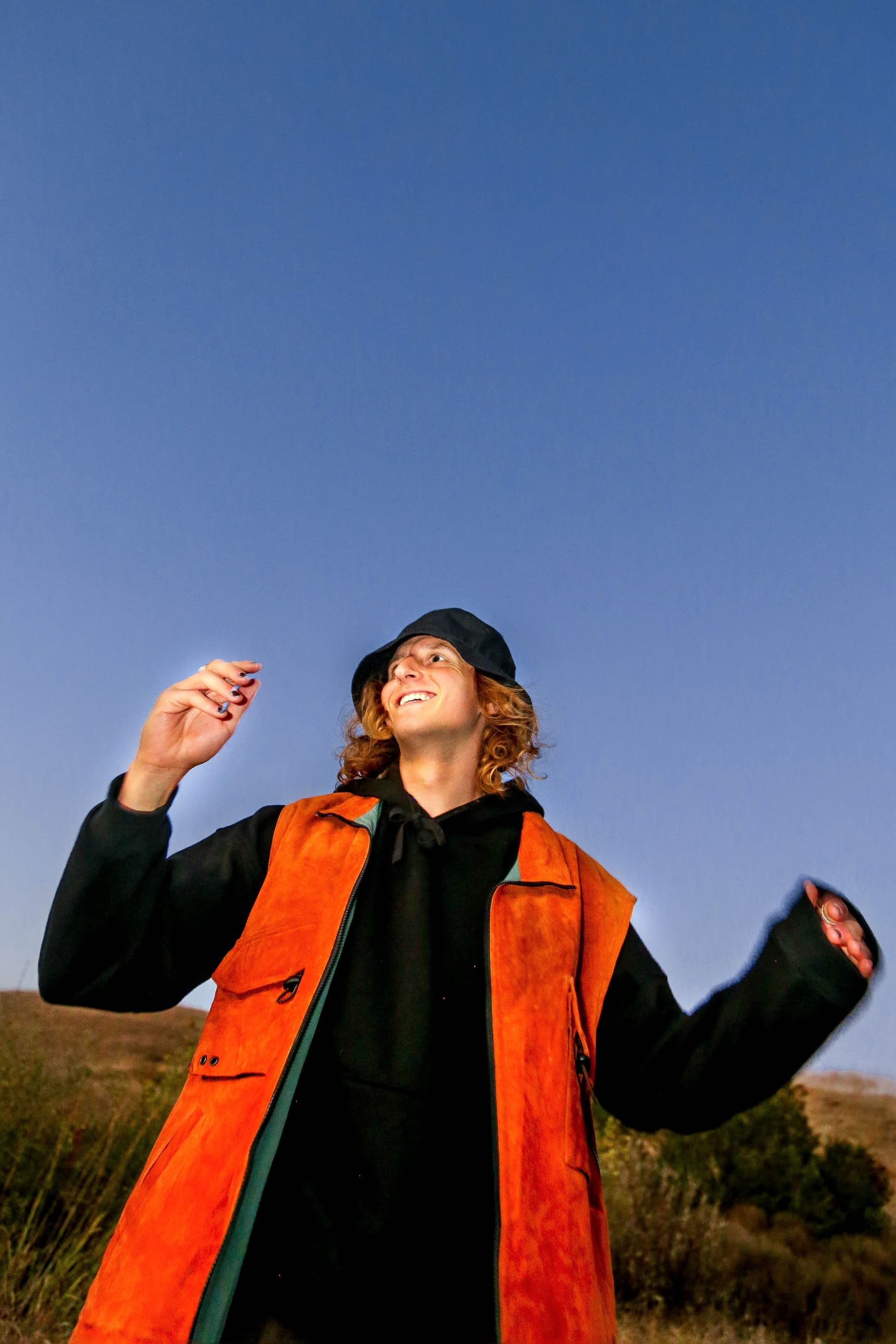
At the end of the day, streaming services will remain the dominant way for consuming music for quite some time. We all love our daily mixes, curated playlists, and the unprecedented access that streaming services provide. But NFTs offer incredible opportunities for artists to grow and monetise and exciting ways for fans to engage with artists.
Just like how we've seen musicians highlight that the current TikTok model to fame requires them to be content creators as well as artists, the Web3 route has similar issues. Daniel is more than just an artist — he's a businessman, a Web3 developer, and a strategist.
"Web3 artists have to make the music, think about the creative direction, do the videos, maybe tour with it. In tandem with that, you have to think about what a web three rollout is, and what problems it solves," Daniel tells me. "I'm only good at two things, thinking of Web3 ideas and making beats. Fortunately, I have a lot of smart people around me that help me execute my Web3 ideas."
Daniel Allan's Web3 empire is building nicely and he has no plans to slow down. Over the next year, he will release two small projects, an EP, and will finally tour in real life on the back of his online fame. Catch him at a venue near you soon.
2023 could be a big year for music NFTs. And if it is, you can be sure that it will be a big year for Daniel Allan too.
Photography: Daniela Salinas (Shot on location in Los Angeles exclusively for DMY)
Stylist: Daniel Chopovsky



